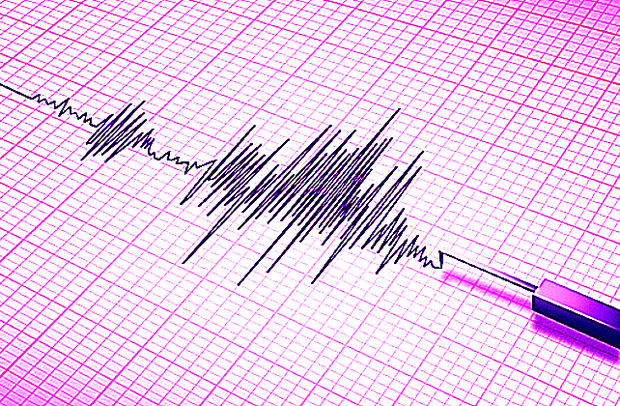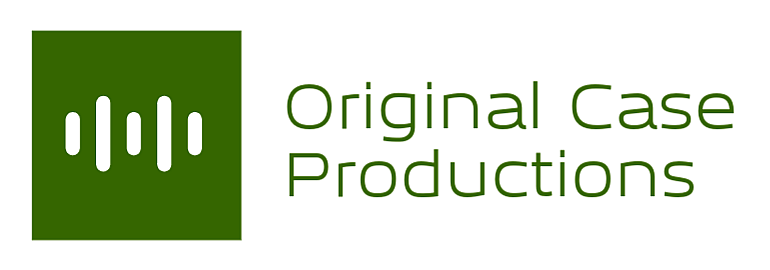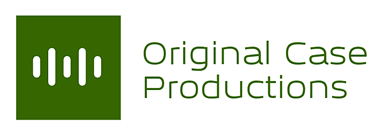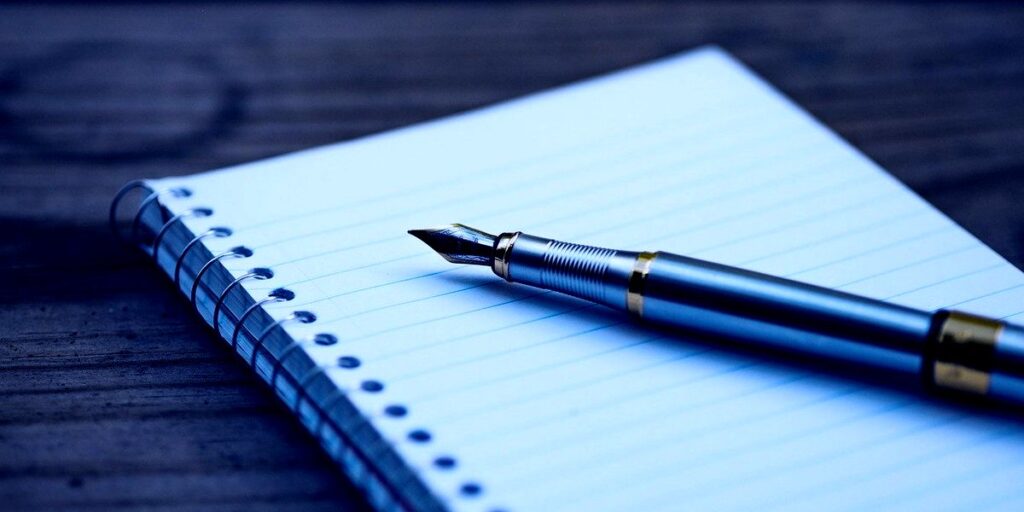Do you want your songs to sound less forced and more natural?
Do you find yourself overthinking and over analising while writing songs? Are your songs feeling like they are being manufactured, being made to rhyme, being forced into the final shape. When it sounds forced it can sound fake, while the point we want to get accross and the feelings associated with it, can be very genuine and have a lot of integrity.
Maybe you are worried you can not create enough good material to have a complete song. Or that you have too much different patterns and melodies so it doesn’t sound like there’s a central theme.
Making a song is a craft thing, so you have to do some planning, structuring and get a narrative layout for what you have to say. That’s where the element time comes in. It’s time to go with the flow…
Emotional seismograph?
What you can do is let your pen wander accross the paper. Draw a timeline with the intensity of the song from left to right. Do this intuitively. Now you have an emotion map of the song through time, so you know when there is a lot going on emotion wise and where it will be less expressive.

How do you know you can draw such a line and how can you trust it? You want to write something. There’s something that inspired you enough to be willingto write something. So there might be something you want to say. You want to talk about it, sing about it or make sounds on instruments that express it. By creating a song you will make an organised collection of sounds placed over a period of time right? If the thing you want to say has a calm and peacefull message to it, you can imagine the intesity over time, will not have big changes or high peaks in it. This could turn out to become a gentle, curved line without high peaks and low dips when you draw it. Where as if you are very angry, your line might be very crooked and have sharp peakes and high and low strokes of the pen. It might even build up through time! You may find you want an abrupt ending to the song or a fade, or a slow decrease in energy. When you’ve drawn what you have to say across a timeline, you only have to fill in the musical parts to translate this to an audible song. You have a map of where the seperate parts are.
Here are two emotion-timelines I created:


There isn’t a lot of explanation written on these, but you can tell for instance that the second one has a more intence part at the end near 5/8 of the way. Again I made these really intuitive so I have something to shape the song towards.
Give yourself a click instead of time
You can try this to build a song by writing the lyrics first: Write lyrics with a rhytm and a tempo in mind. It doesn’t have to be 4/4 or 3/4 all the time. Set up a clicktrack that has the same sound for every click. Set it to the right tempo. To determine the tempo you can make up some lines from the top of your head and listen if the words fit in the tempo. Take enough paper to keep writing for a couple of minutes. Set up your phone or your DAW to record yourself. With the “even” clicktrack you give yourself the freedom to make sentences longer or shorter. This will make the draft version way less forced. You will find that when relying on a rhythm and a tempo, your mind will start making sense of what you are jotting down from the top of your head. I often find myself making rhyme words somewhere in the middle of a sentence, a few lines below where I would never put them if I was writing it “conciously”. That’s the liberating thing about it. You have no restrictions for how many notes you put in a bar, or how many bars there are in a line. You don’t have to look at the screen. Just write and record.
Keep on going until you run out of things to say or become too aware of the shapes you are making. Like a, b, a, b, c, c rhyme schemes.
The trick is, if you keep writing you surprise yourself and the stuff is rather genuine as well. I sometimes end up using 95% of my first draft! Because it feels so real. I build the song around it, embracing the longer and shorter sentences to break the all familiar patterns.
You now have written down natural sounding blocks of song material. You also have recorded material with your voice over a clicktrack. Are you happy about the shape you have, when you read through the whole thing you’ve jsut created? Does it resemble the “emotion timeline” sketch you’ve drawn before?
Feel free to move things around, say the lyrics out loud, accompinied by the clicktrack with “even” clicks and repeat parts that feel like a chorus. You can listen back to first take recordings. You can hear how you innitially did it and you’ll find it did make sense as you went allong.
Was it something I said..?
When you’ve written out your draft and molded it into shape as you like it, you can read it out loud and record the first go on that as well. So record yourself reading the lyrics out loud. Try to discover how you would tell the story to someone else. Once you get in this flow of natural conversation, let it happen and trust in your ability to say it the way you are. Then do a second take reading it very articulated, as if you would really tell the story on the paper to someone else like reading a poem. Listen back to both takes. As you hear yourself raising and lowering your voice for the intonation of the words, you can discover a very natural melody shape. Just by reading out loud. Now move to your keyboard, select a piano sound and find notes that create a similar pitch and use similar ascending and descending intervals. Is there a tone center? Could it be a key? Major or minor? Could it be the notes fit into one of the modes? Does the lyric complement the mood of this mode? Or should it be a clear major or minor scale? Once you’ve put all notes into a scale, make a suiting clicktrack with all equal clicks (or use the one you already had). Now record yourself singing the melodised over the equal clicktrack. You can also play the melody on piano first and make an overdub of your vocal later.
If you do this in your DAW you can quantise the notes to the even clicktrack. Now it doesn’t matter how long your sentences are. You can still move them everywhere on every beat of your project. So your verse could have a 5/4 measure followed by a 3/4 measure, while the rest is in 4/4. You get very unique shapes that still sound very natural. Now you can swap things around and repeat chorusses and make a bridge out of the most adventurous part of your lyric sheet. After this you can harmonise the song with chords and you have a complete leadsheet for a unique new song!

all available services on my website!
https://originalcaseproductions.com/#services
Conclusion
You can adopt one or more of these tricks to get your songs to sound less forced and more natural. You can draw a line. It doens’t have to be precise to give you an emotion timeline for your work. If you can make an even clicktrack with every click sounding the same, you free yourself from bar lengths. Your lyrics will always fit and you can continue with the next line where you feel it has to start. This will make the lyric flow in a more natural way. You can write from the top of your head in this state of flow and you will not be stopped, like in an endless loop. You can always move things on the grid to get it to fit to a 4/4 beat later. Or you can keep it as it is and mold your beat and music around the odd bar lengths. It can sound really good, refreshing and original. Finally you can read the lyrics out loud and use the intonation as a possible melody shape. Harmonise your melody with chords and you have a song!
What’s your favourite songwriting technique? Please let me know in a comment below.
Happy hitmaking!
Kees Huizinga

